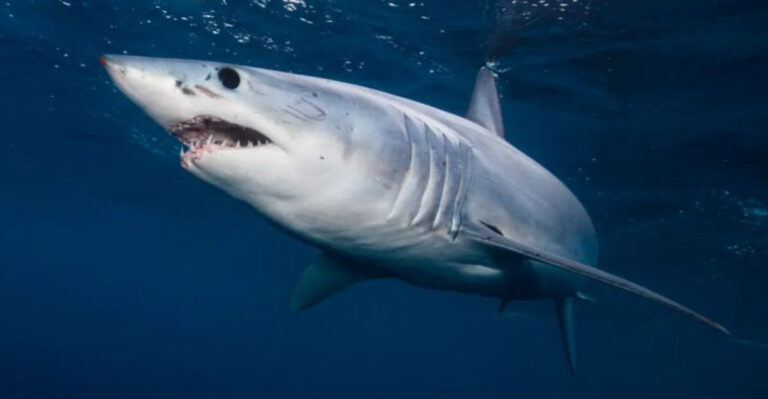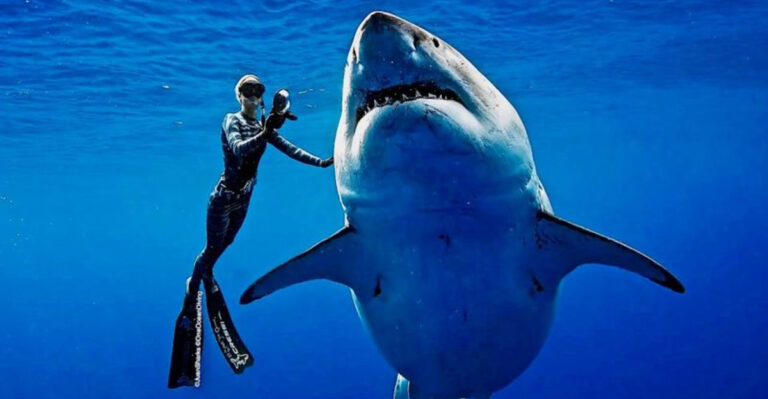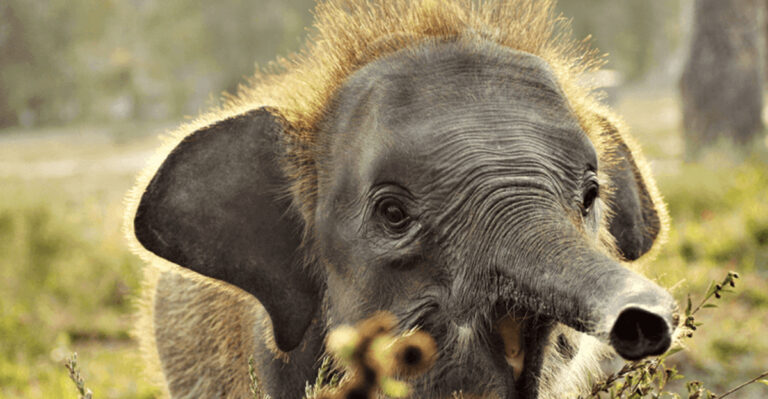15 Reasons Cheetah Populations Are Declining Faster Than Ever
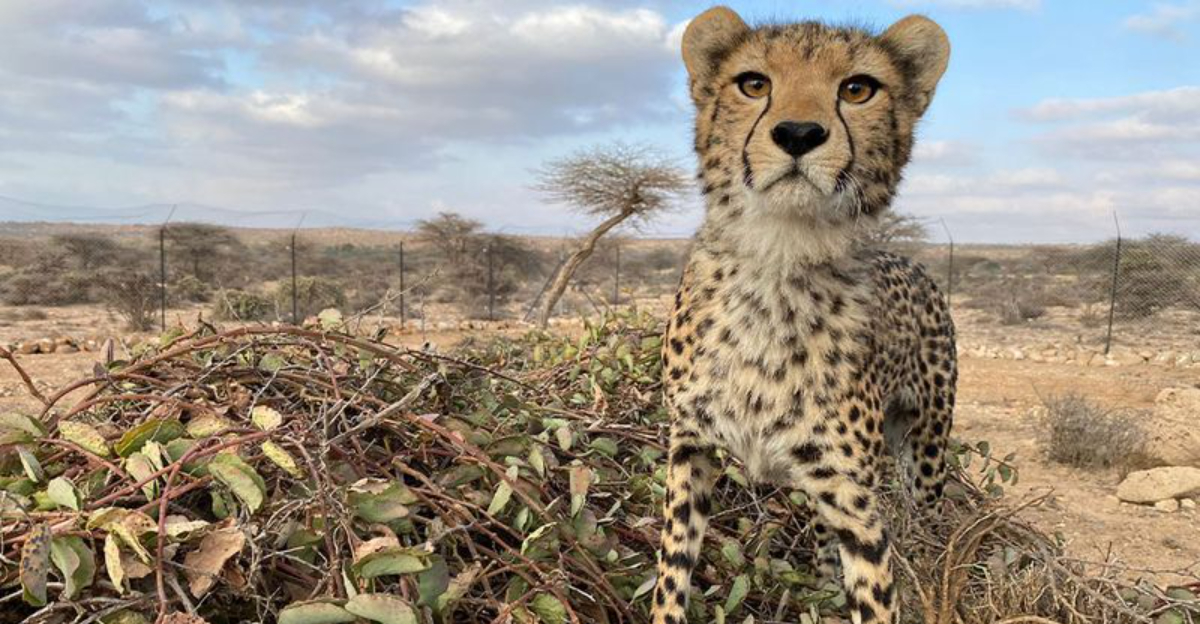
Cheetahs, the fastest land animals on Earth, are racing toward extinction at an alarming rate. These magnificent cats once roamed across Africa and parts of Asia, but today fewer than 7,000 remain in the wild.
Their population has crashed by more than 90% over the last century, making them Africa’s most endangered big cat.
1. Loss Of Habitat
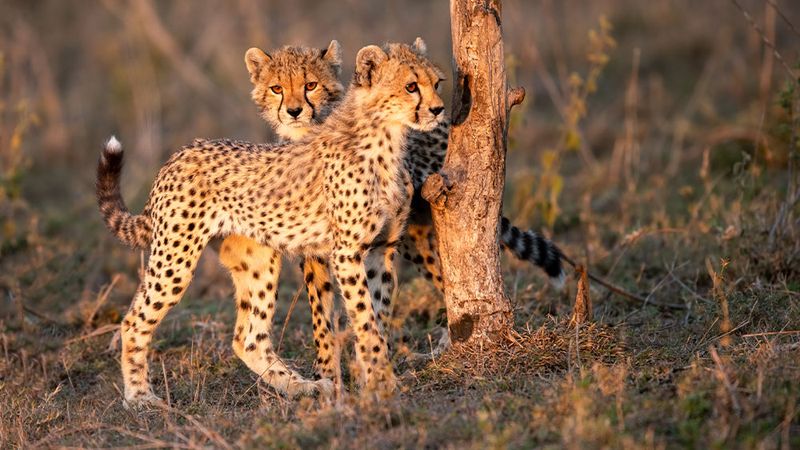
Sprawling cities and farms are swallowing up the wide-open spaces cheetahs desperately need. These speedy hunters require vast territories to chase prey and raise their young.
When their habitat shrinks, cheetahs struggle to find enough food and safe spaces to live. Many are now confined to protected areas that are too small to sustain healthy populations.
2. Human-Wildlife Conflict
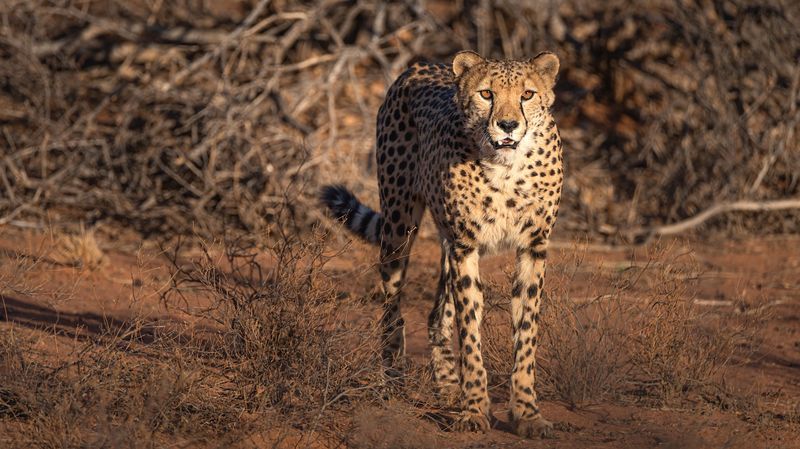
Farmers often view cheetahs as threats to their livestock and livelihoods. When a cheetah attacks a goat or sheep, the response can be deadly – shooting or poisoning the predator.
This clash between humans and cheetahs happens more frequently as people expand into wild areas. Each year, dozens of cheetahs die because of these conflicts.
3. Poaching For The Illegal Pet Trade
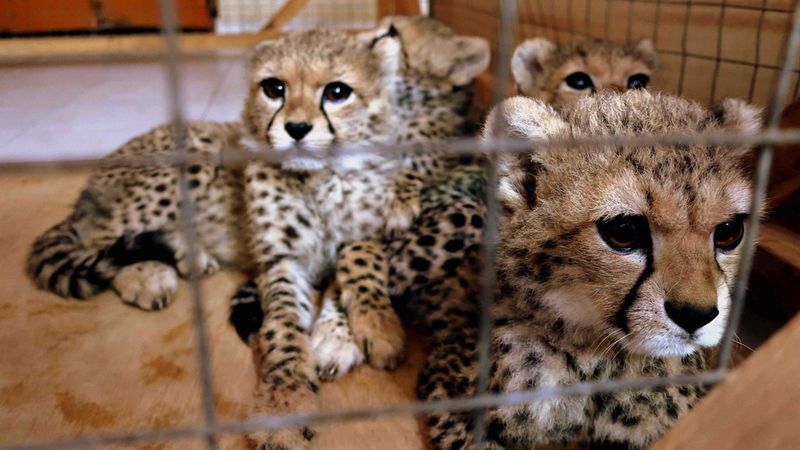
Baby cheetahs fetch thousands of dollars on black markets, especially in the Middle East. Poachers target mothers with cubs, often killing the protective parent to steal her babies.
For every cub that survives capture, five others typically die during the brutal kidnapping or transport. This underground trade removes future breeding adults from already struggling wild populations.
4. Decreased Prey Availability
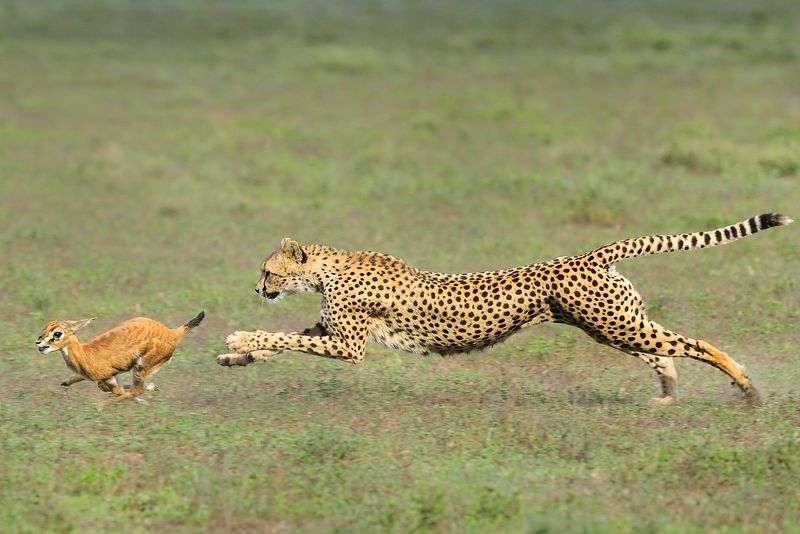
Hungry cheetahs can’t survive when their dinner disappears. Gazelles, impalas, and other prey animals are vanishing as humans hunt them for bushmeat or clear their grazing lands.
A cheetah needs to eat every 2-3 days to stay healthy. With fewer prey animals around, these specialized hunters often go hungry or risk dangerous encounters with humans while searching for food.
5. Climate Change
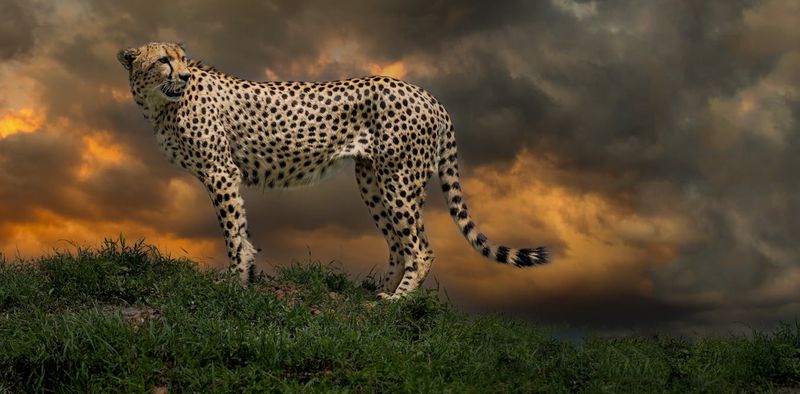
Scorching temperatures and unpredictable weather patterns are transforming cheetah territories. Prolonged droughts dry up water sources and kill off vegetation that prey animals depend on.
When extreme weather strikes, cheetahs must travel farther to find food and water. These stressful journeys drain their energy and often lead them into dangerous human territories.
6. Genetic Bottleneck
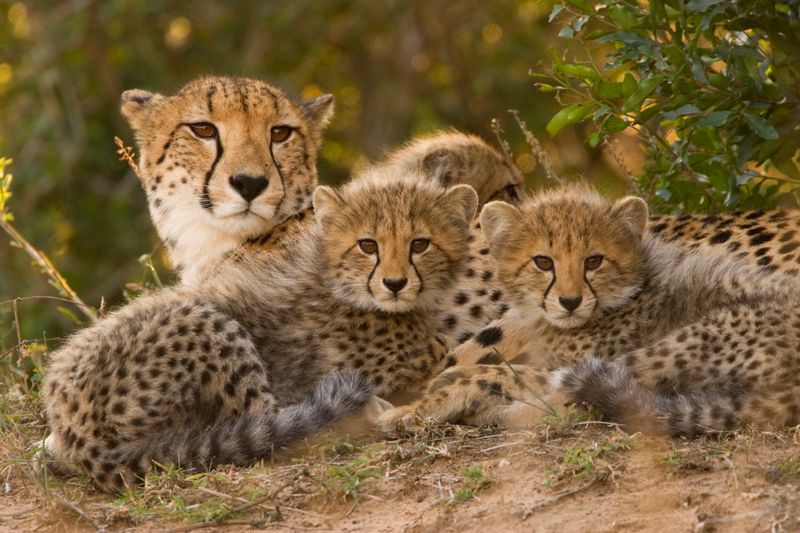
Cheetahs survived a near-extinction event about 12,000 years ago that left them genetically identical – like twins. This lack of genetic diversity makes them vulnerable to diseases that could wipe out entire populations.
Their limited gene pool also causes fertility problems. Female cheetahs often struggle to conceive or produce healthy cubs, further slowing population recovery.
7. Inbreeding
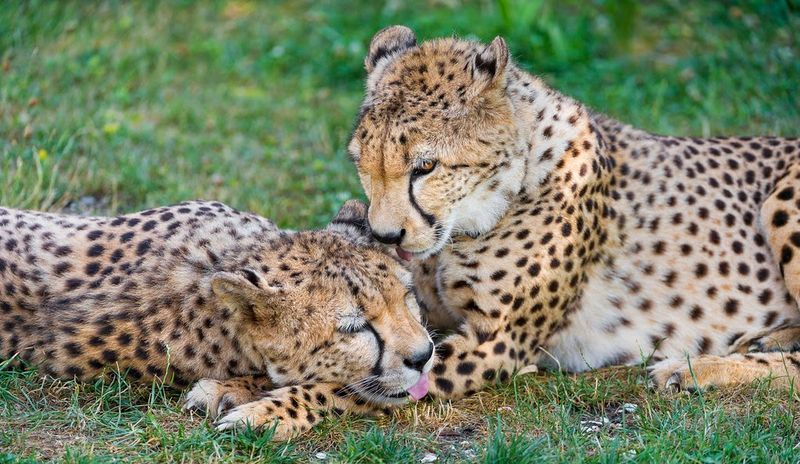
Isolated in small protected areas, cheetahs have no choice but to mate with relatives. This inbreeding creates weak immune systems and birth defects that threaten cub survival.
Scientists have documented abnormal sperm, poor reproductive success, and higher susceptibility to disease in inbred cheetahs. Some populations show as much as 70% abnormal sperm count due to genetic problems.
8. Competition With Other Carnivores
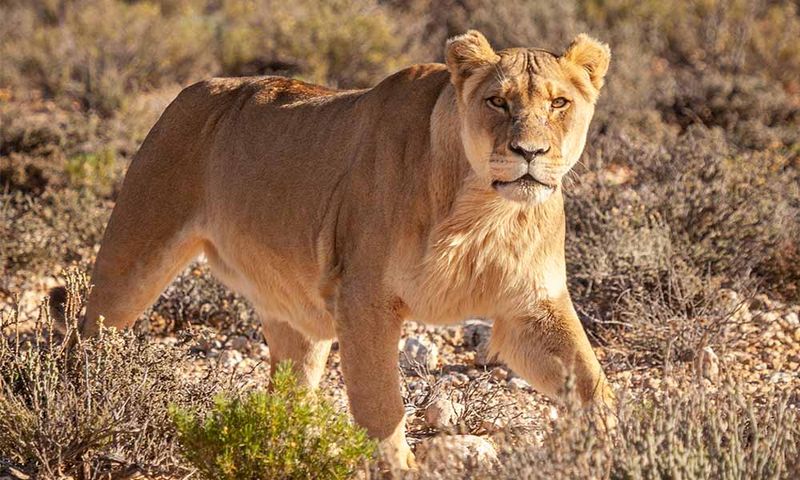
Mealtime for cheetahs often becomes a dangerous showdown. After an exhausting high-speed chase, lions and hyenas frequently steal their hard-earned kills.
Lightweight cheetahs avoid fighting these larger predators, abandoning their meals and going hungry. In some areas, they lose up to 80% of their kills to competitors, forcing them to hunt more frequently and risk injury.
9. Conflict With Farmers And Livestock
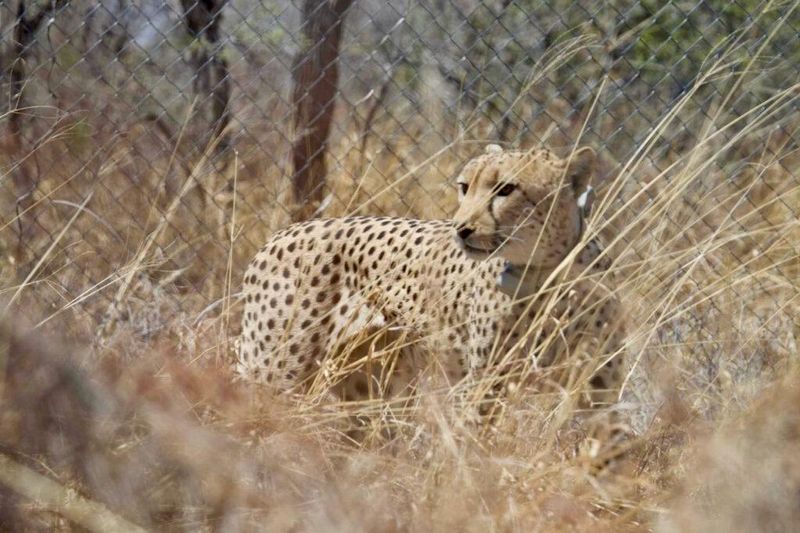
Hungry cheetahs sometimes target farm animals when wild prey becomes scarce. A single attack can cost a farmer a significant portion of their livelihood in rural African communities.
Frustrated farmers resort to setting traps or poisoning carcasses to eliminate the threat. Conservation groups now work to provide compensation and predator-proof enclosures to protect both livestock and cheetahs.
10. Insufficient Conservation Efforts
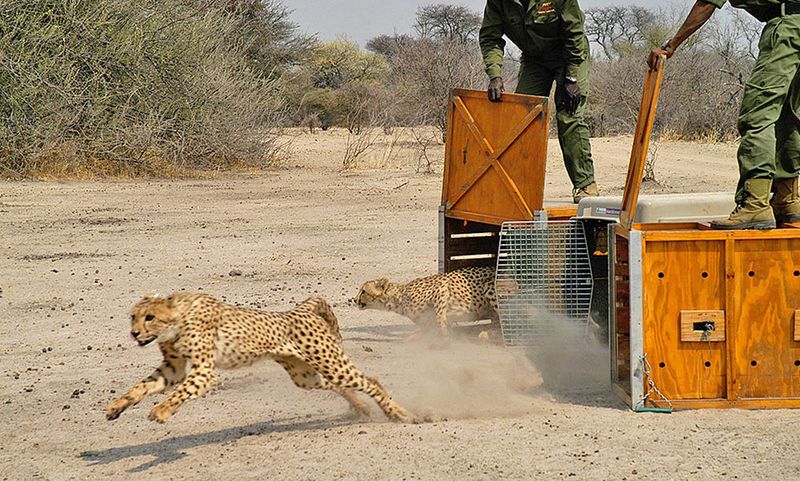
Conservation dollars often flow toward more recognizable animals like elephants and rhinos. Cheetahs receive less attention despite their critically endangered status.
Many protection programs lack sustainable funding or coordination across international borders where cheetahs roam. Without comprehensive conservation strategies that involve local communities, these cats continue to vanish from their historic ranges.
11. Encroachment Of Agricultural Land
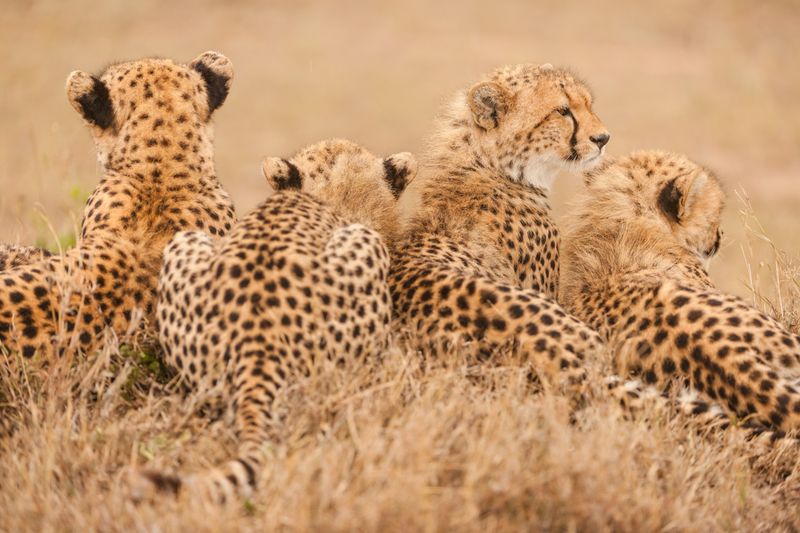
Farmland is replacing wilderness at an alarming rate across Africa. Massive agricultural operations fragment cheetah territory with fences, roads, and pesticide-laden fields.
When cheetahs cross these developed areas, they face poisoning from agricultural chemicals or collisions with vehicles. Some farming regions have lost their entire cheetah populations within just a decade of development.
12. Unsustainable Trophy Hunting
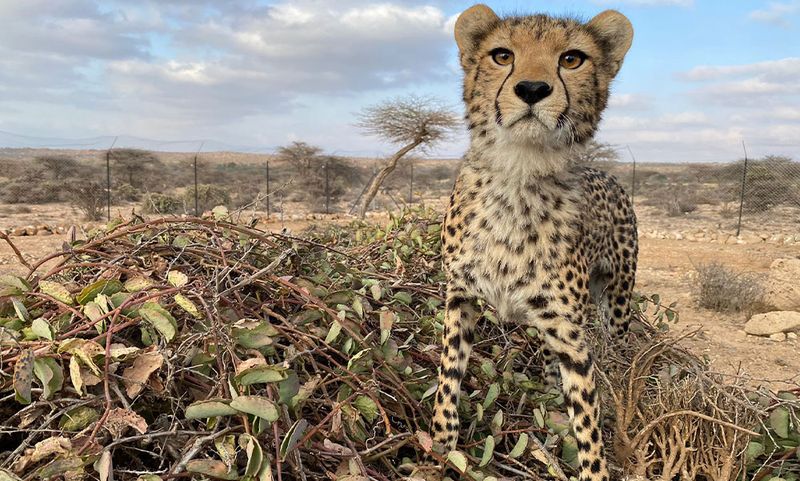
Trophy hunters target adult cheetahs for their striking spotted coats and the prestige of killing Africa’s fastest predator. The loss of just one breeding female can devastate a local population.
While some countries have banned cheetah hunting, enforcement remains weak in remote areas. Illegal trophy hunting continues to remove vital breeding adults from already struggling populations.
13. Fragmentation Of Cheetah Populations
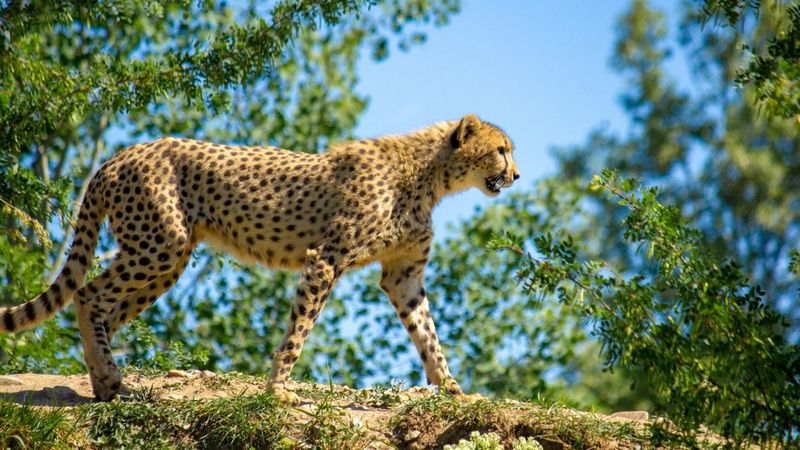
Roads, fences, and cities now divide once-connected cheetah territories. These isolated groups become stranded on habitat islands, unable to find new mates or territories.
Small, fragmented populations face higher extinction risks from random events like disease outbreaks or natural disasters. Without genetic exchange between groups, inbreeding further weakens these isolated cheetah communities.
14. Lack Of Awareness And Education
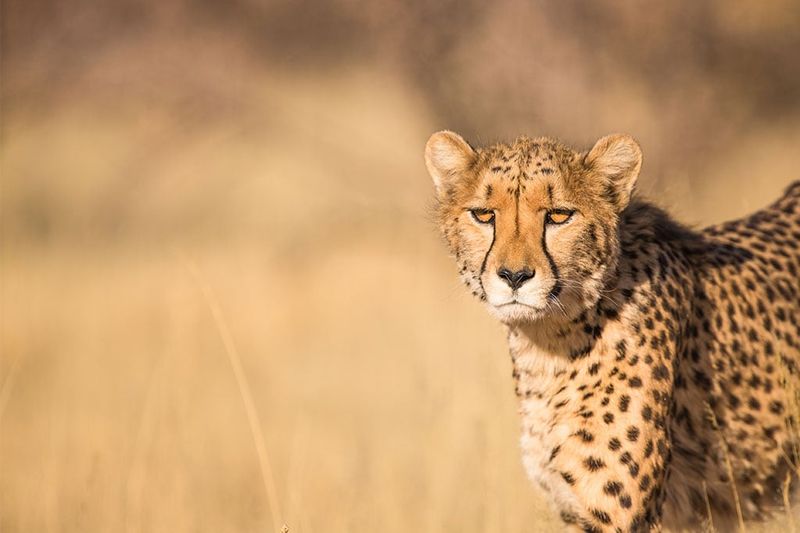
Many people living alongside cheetahs don’t understand their ecological importance or how to coexist safely. Misconceptions about cheetah behavior often lead to unnecessary killings.
Conservation education programs remain underfunded in critical cheetah ranges. When local communities learn about cheetahs’ benefits to ecosystems and tourism, they become powerful allies in protection efforts.
15. Human Encroachment On Wildlife Corridors
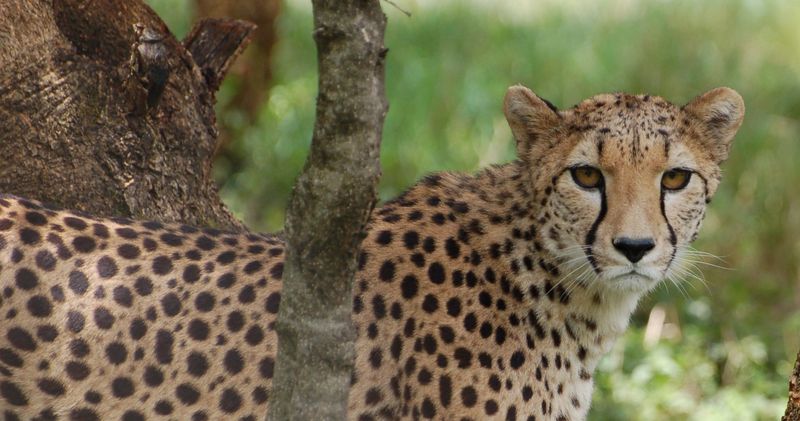
Natural pathways that cheetahs use to travel between habitats are disappearing under roads and settlements. These wildlife corridors are vital lifelines allowing cheetahs to find new territories and mates.
Without safe passage between protected areas, cheetahs become trapped in isolated pockets. Conservation groups now work to identify and protect these crucial corridors before they vanish completely.


